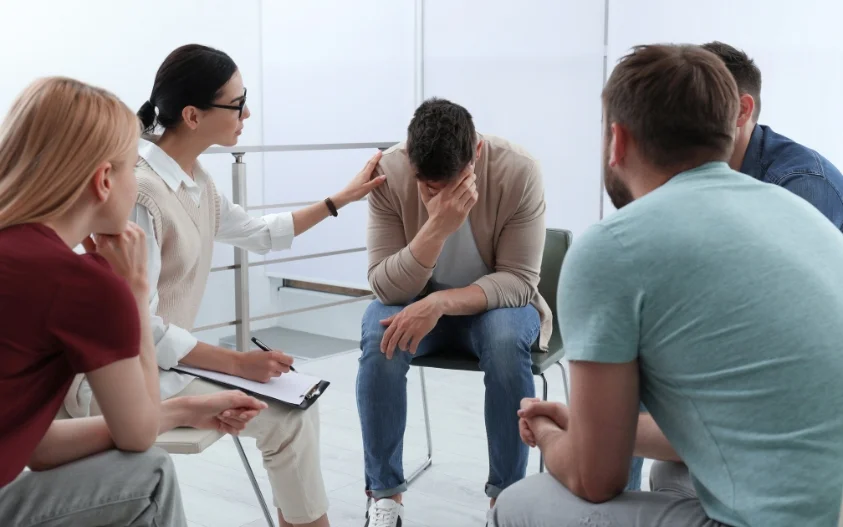24/7 Helpline:
(866) 899-221924/7 Helpline:
(866) 899-2219
Learn more about Opioid Rehab centers in Peru

Other Insurance Options

Meritain

Horizon Healthcare Service

WellPoint

EmblemHealth

AllWell

Cigna

Kaiser Permanente

Sliding scale payment assistance

Lucent

Excellus

Optum

Oxford

WellCare Health Plans

Premera

Aetna

Regence

State Farm

Health Net

BlueCross

MHNNet Behavioral Health









